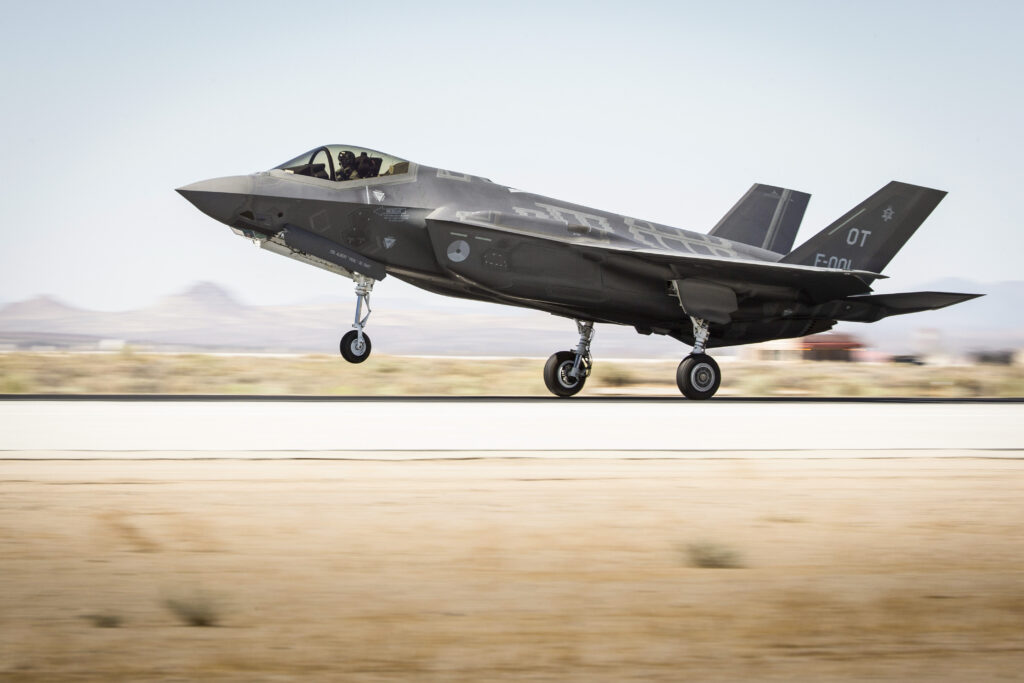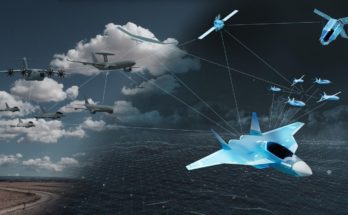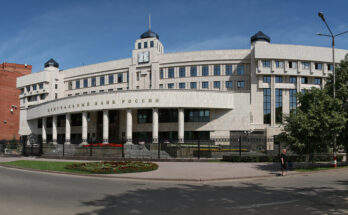
The Dutch Ministry of Defense issued a new white paper on military development last week, urging further funding for new procurement and personnel. The paper, which follows a similar missive published in June 2022, warns of the potential for warfare on the European continent, stating that “Russia’s unbridled aggression in Ukraine shows that an attack on the NATO alliance is no longer inconceivable.” The paper also pointed to security crises in the Middle East and tension with China as underscoring the need for a revitalized Armed Forces.
Moscow’s invasion of Ukraine, in particular, served as a shock to the Netherlands, underscoring the urgency of correcting capability gaps in the Royal Netherlands Armed Forces that have crept up in the last few decades. During the Cold War era, the Netherlands maintained a large military, but the military’s size atrophied after the Iron Curtain fell. Defense procurement lagged and the budget shrank.
Nowhere was the decline of Dutch defense posture more evident than with the country’s main battle tank fleet, which in its heyday comprised close to 1,000 tanks. The Netherlands jettisoned its last two remaining tank battalions in 2011, amid budget cuts and a relatively relaxed security environment in Europe. That decision was partially reversed in 2015, as the Netherlands began leasing 18 Leopard 2A6s from Germany for use in a joint unit with the Bundeswehr.
With the war in Ukraine highlighting the enduring importance of armor on the modern battlefield, the Netherlands is now looking to reestablish a fully-Dutch tank battalion, according to its new defense white paper. This should entail the purchase of around 50 main battle tanks. The paper did not confirm which model of tank the Netherlands will pursue, but strong ties with Germany make it likely the new fleet will be composed of Leopards. Alongside the new armor, the Netherlands will also address its Boxer infantry fighting vehicles, the white paper noted, installing new 30mm cannons to provide greater firepower.
The Royal Netherlands Air Force, meanwhile, will add more F-35 fighter jets to its inventory to help fill out a third squadron, although here, too, the Dutch Ministry of Defense did not identify how many more will be ordered. At least 46 jets have already been purchased to date, and the June 2022 white paper committed the Netherlands to add another six, for a fleet of 52 jets. The aircraft are replacing the Air Force’s F-16s and earlier this year the Netherlands became the first country to assign the nuclear deterrent role to its F-35s.
At sea, the Royal Netherlands Navy will acquire another two anti-submarine warfare (ASW) frigates, building off of a joint program with neighbor Belgium. The two countries agreed in 2016 to a joint procurement project that will deliver four frigates and a dozen minesweepers to their militaries, split equally. The Dutch Ministry of Defense now plans to tack on another two frigates to that order, to make four for its Navy. Moreover, the Navy will receive new NH90 maritime helicopters, as well.
In addition to the ‘traditional’ military domains of air, sea, and land, the white paper also touched on plans for developing the Netherlands’ cyberdefense capabilities, noting that the military needs to be prepared to conduct cyber operations both independently and “in an integrated manner” with allies.
To pay for the new equipment, defense spending will continue to rise, even as the new Dutch government looks to cut spending elsewhere in the government budget. Last November, Geert Wilders’ Party for Freedom (PVV) stunned Dutch politics, taking a plurality of the vote in the snap November elections. PVV nevertheless fell well short of a majority in the Dutch House of Representatives, prompting a lengthy period of party negotiations that culminated with an agreement in May between the PVV and three other parties that, among other tenets, pledged to set Dutch defense spending to at least 2 percent of GDP by law, in line with NATO’s targets.
The defense budget will grow to €24 billion ($26.5 billion), the white paper noted, amounting to growth of about 12 percent over adjusted 2024 defense outlays. Compared to forward GDP estimates from institutions like the International Monetary Fund, that level of spending should be above 2 percent of GDP – a noticeable difference from even a few years ago, when Dutch defense spending languished at around 1.3 percent of GDP.
As Europe’s militaries rearm to address shortfalls, they have been dogged by concern that defense’s moment in the sun will fade and governments will backslide into the post-Cold War lull of declining spending and shrinking force structures. For now in the Netherlands, at least, there remains momentum to move modernization forward.
Military markets analyst, covering Eurasia, Middle East, and Africa.




